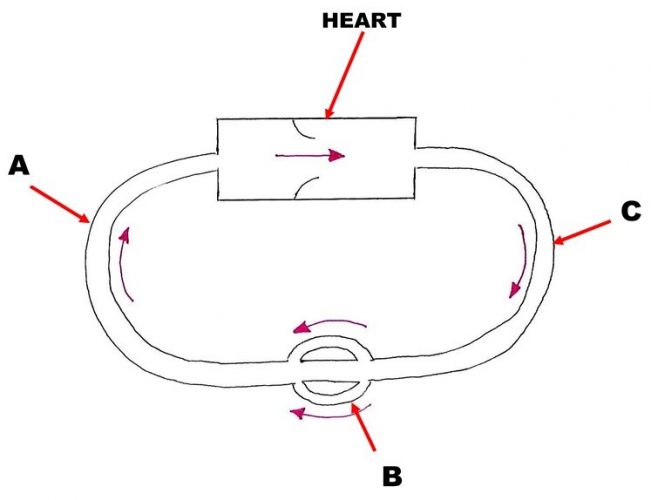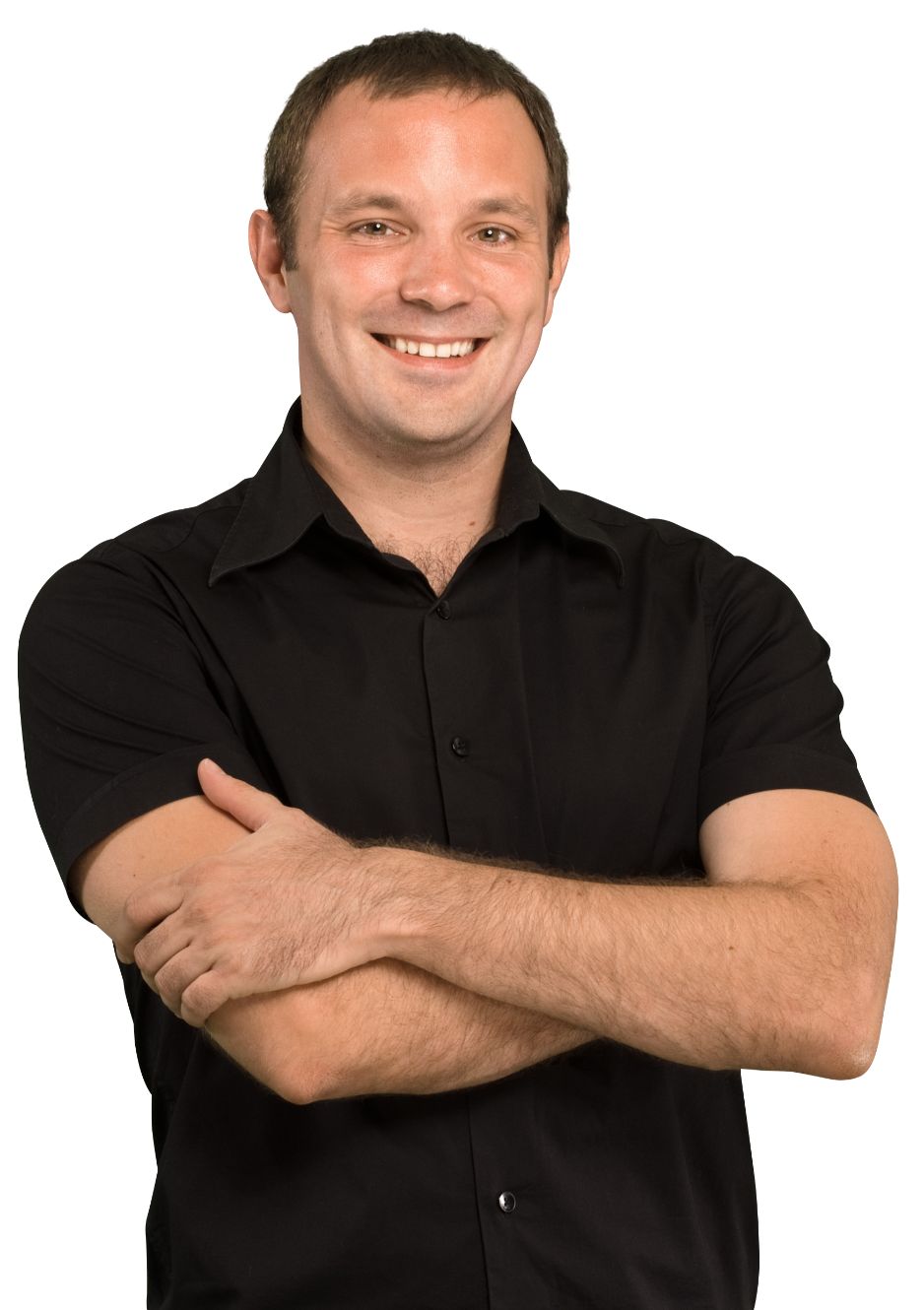
EdPlace's Key Stage 2 Home Learning Science Lesson: Circulation
Looking for short lessons to keep your child engaged and learning? Our experienced team of teachers have created English, maths and science lessons for the home, so your child can learn no matter where they are. And, as all activities are self-marked, you really can encourage your child to be an independent learner.
Get them started on the lesson below and then jump into our teacher-created activities to practice what they've learnt. We've recommended five to ensure they feel secure in their knowledge - 5-a-day helps keeps the learning loss at bay (or so we think!).
Are they keen to start practising straight away? Head to the bottom of the page to find the activities.
Now...onto the lesson!
...Oh, go on – have a heart! You don’t have to pump the information out of me!
It’s funny how something as life-sustaining as our circulation system should often be an unknown. There it is, just getting on with its job of keeping us alive, and your young scientist may be largely unaware of even its basic workings. Time to put that right! In this lesson, we’ll get an overview of the system, look at the different organs and parts involved and how it does what it does.
We're confident that if you follow the step-by-step approach below your child will be able to:
1) Understand what our circulation system is, its main components, how it works and what it does
2) Apply this understanding to some questions
3) Explain their understanding back to you, if they've really grasped it!
Step 1: What's it all about?
So first of all, it’s important to understand that our circulation system is mainly about collecting and delivering different substances right around the body. Your little toe needs oxygen and food to do its stuff. The circulation system makes sure that’s delivered. Your brain produces carbon dioxide that it needs to get rid of. The circulation system takes it away.
It’s a system of tubes containing a fluid called blood and, of course, the blood needs to move right around the body. That’s the job of the heart.
Now, that might seem fairly straightforward, but it’s understanding the importance of the different tubes, what their names are, and also how the blood does its job. That’s what we’re going to try to un-pick through this lesson. Let's keep going!
Step 2: How does it fit together?
Remember that circulation is a delivery/collection system based on blood? Well, the blood needs to be moved and that’s what the heart does. It’s a muscular bag containing chambers for the blood. Basically, it squeezes the blood, so it’s forced out of the heart. At it’s most basic, our circulation looks like this:

It’s a circuit, isn’t it? You can see: if the heart squeezes the blood, it’s forced out into the blood vessels labelled “C”. You can also see that there’s a definite direction to the flow of the blood. Do you see the little “swing doors” inside the heart? They’re called valves and they make sure the blood can't go backwards, so it all keeps flowing in one direction.
So what are the various parts of the circulatory system? That’s really important to learn – not just because it might come up in an exam, but it’s part of all of us and literally what makes us tick!
HEART = pumps the blood around the body.
BLOOD = liquid that contains chemicals to be delivered to the body.
BLOOD VESSELS = the tubes through which the blood is pumped (A/B/C in the diagram).
ARTERIES (C) = blood vessels leaving the heart to carry substances to the body.
VEINS (A) = blood vessels returning blood to the heart for another pump around the body.
CAPILLARIES (A) = tiny blood vessels (thinner than a hair!) that deliver substances to the body cells and collect wastes to be removed.
So, if that’s the structure of the system, we need that foundation to get a real understanding of how the circulation system actually works – yes?
Step 3: Getting the circulation system going!
So, let’s start by hearing or feeling the heart pumping – that’s your heart-beat. You can either use two fingers pressed gently against the inside of your wrist (to feel the ‘pulse’) or press your ear to someone’s chest (to hear the heart-beat). OK, that establishes the pumping of the heart.
What’s it pumping? Blood!
What for? The blood is the delivery system. Think of the blood vessels as roads and the blood as lorries and vans with goods to deliver.
What does the blood carry that the body needs? Especially oxygen (from the lungs) and food (from the gut). The body needs these substances to be able to operate. Clearly, your little toe, miles away from your gut and lungs, is going to have to have its food and oxygen delivered. Yes?
What about the wastes that the body creates? The blood takes those away too – carbon dioxide (which goes to the lungs) and urea (nitrogen waste from food, which goes to the kidneys). Your brain, for example, produces both of these wastes and the blood takes them away to be removed from the body.
Step 4: Show what you know!
OK, time to check out whether this makes more sense – let’s go on a circulation journey and try to add in the correct information in the right place.
1) Your leg muscle needs some supplies to operate – things like _______ and _______.
2) They will be delivered in the _______.
3) It’s going to get to your leg muscle because the ______ is able to pump it there.
4) It travels in tubes called ______ _________.
5) The blood leaves the heart in tubes called _________ and travels to the lungs to pick up some __________.
6) It travels back to the heart to be pumped off around the body. When it reaches the gut it will pick up some _______.
7) When the blood reaches your leg muscle, the tubes get smaller and smaller to deliver the supplies to each cell. These tiny tubes are called __________.
8) The leg muscles need to get rid of the waste they’ve created, like ____________, which is added to the blood to be removed.
9) The blood returns to the heart in tubes called _______.
10) When it’s pumped to the lungs, it swaps the waste ____________ for fresh supplies of ________.
That’s pretty amazing, isn’t it?
Step 5 - Let's put your circulation knowledge to the test while it's still fresh in your mind...
Now, you’ve covered this together why not put this to the test and assign your child the following four activities in this order:
All activities are created by teachers and automatically marked. Plus, with an EdPlace subscription, we can automatically progress your child at a level tailored to their needs. Sending you progress reports along the way so you can track and measure progress, together - brilliant!
Activity 1 - Skeleton and Circulation 1
Activity 2 - How does Blood go Around our Bodies?
Activity 3 - Blood as our Delivery System
Answers
Did you sort those out OK? Let’s see...
1) Oxygen and food
2) Blood
3) Heart
4) Blood vessels
5) Arteries, oxygen
6) Food
7) Capillaries
8) Carbon dioxide (or urea)
9) Veins
10) Carbon dioxide, oxygen
Keep going! Looking for more activities, different subjects or year groups?
Click the button below to view the EdPlace English, maths, science and 11+ activity library
All English, maths and science from Year 1 - GCSE








